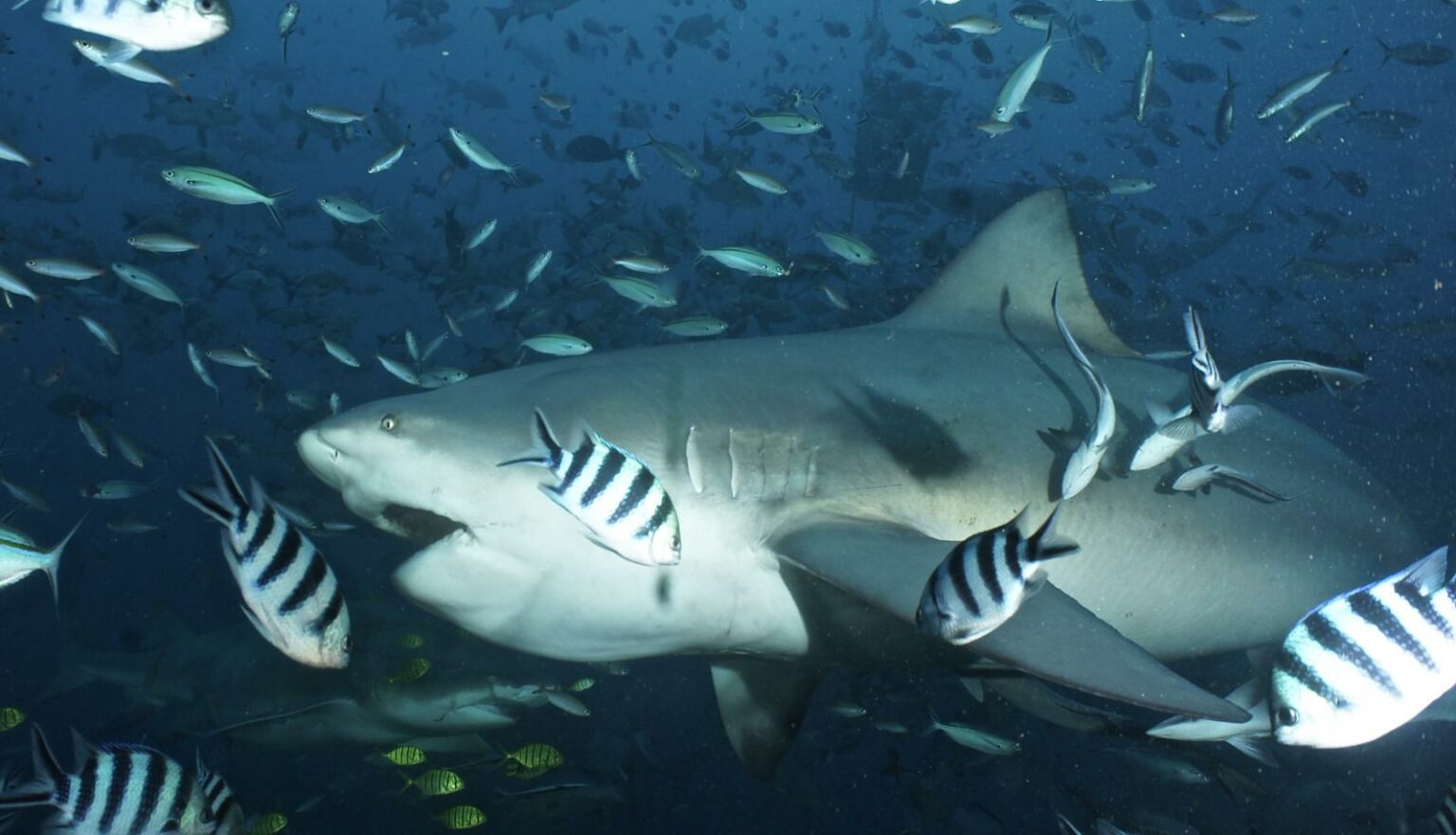With the COVID-19 pandemic putting a temporary halt to diving, the team at Scuba Diver have had plenty of time on their hands, so I challenged my fellow editors – Australia and New Zealand Editor-at-Large Adrian Stacey and Destinations Editor-at-Large Walt Stearns – to come up with a list of their Top 10 Best Dive Sites in the World.
I have been diving for over 37 years, with 23 of those spent within the diving industry as a magazine editor, and during that time I have logged thousands of dives, and been lucky enough to travel to dive destinations all over the world. Which means it was very hard for me to pin down my Top 10 Best Dive Sites in the World, but I have given it my best shot!
Join the conversation on one of our social media channels and let us know what your best dive sites in the world would be!
Egyptian Shipwrecks
List of Liveaboards / Dive Resorts Operators. Book Now.
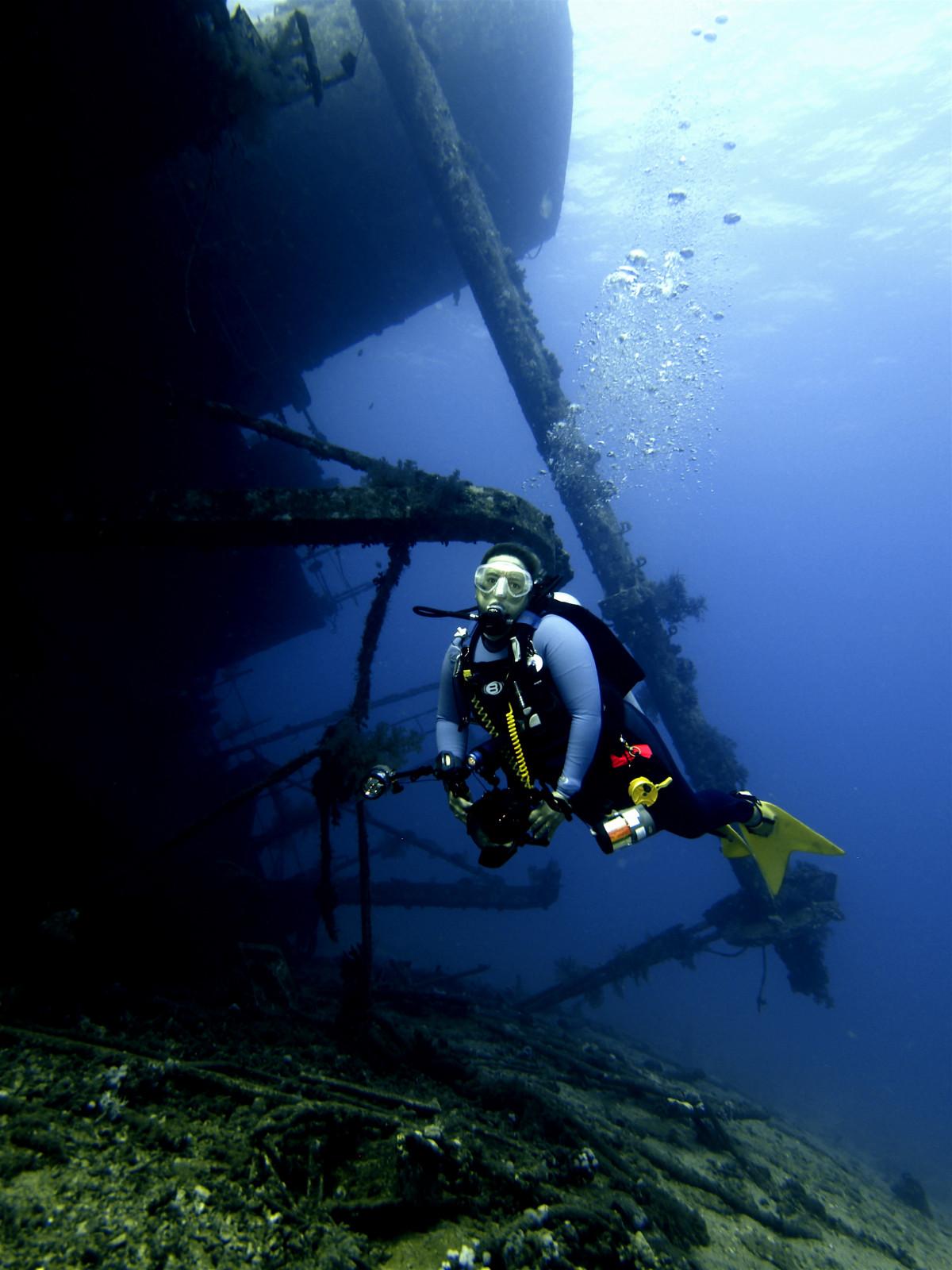
I’ve fudged this one a little bit, opting for ‘shipwrecks’ rather than ‘shipwreck’ in the Egyptian Red Sea. Why? Because there are several that vie for the honour of being in my Top 10 Best Dive Sites in the World and I just couldn’t bring myself to leave some out!
Perhaps most famously, there is the SS Thistlegorm, a 128-metre cargo ship which was sunk by German bombers in October 1941 and is a veritable underwater museum of Allied military hardware, being chock-full of motorcycles, trucks, trailers, rubber boots, airplane wings, Bren carriers and Lee Enfield rifles. Close by is the Rosalie Moller, which was also sunk by German bombers, who were alerted to her position when she was illuminated in the explosion of the Thistlegorm. This 108-metre vessel was carrying coal, so it doesn’t have the cargo draw of its neighbour, but what it does have is a dense covering of marine life, and it makes for a tremendous deep dive.
At Sha’ab Abu Nuhas, you have a wreck quartet – the freighters Giannis D, Marcus and Kimon M, and the steam-and-sail-powered Carnatic. The three freighters went down in 1983, 1981 and 1978 respectively, while the Carnatic is much older, dating back to 1869. Each of the wrecks has its own attractions, but all are home to plenty of marine life and coral growth.
Finally, out at the offshore marine park of Big Brother, you can find two wrecks impossibly clinging upright to the sheer drop-off. The Aida II is effectively part of a ship, but is smothered in soft corals, while the Numidia is the star draw, being an immense vessel made all the more spectacular because of its orientation and its attendant sharks and other pelagics.
Fiji’s bull sharks
List of Liveaboards / Dive Resorts Operators. Book Now.
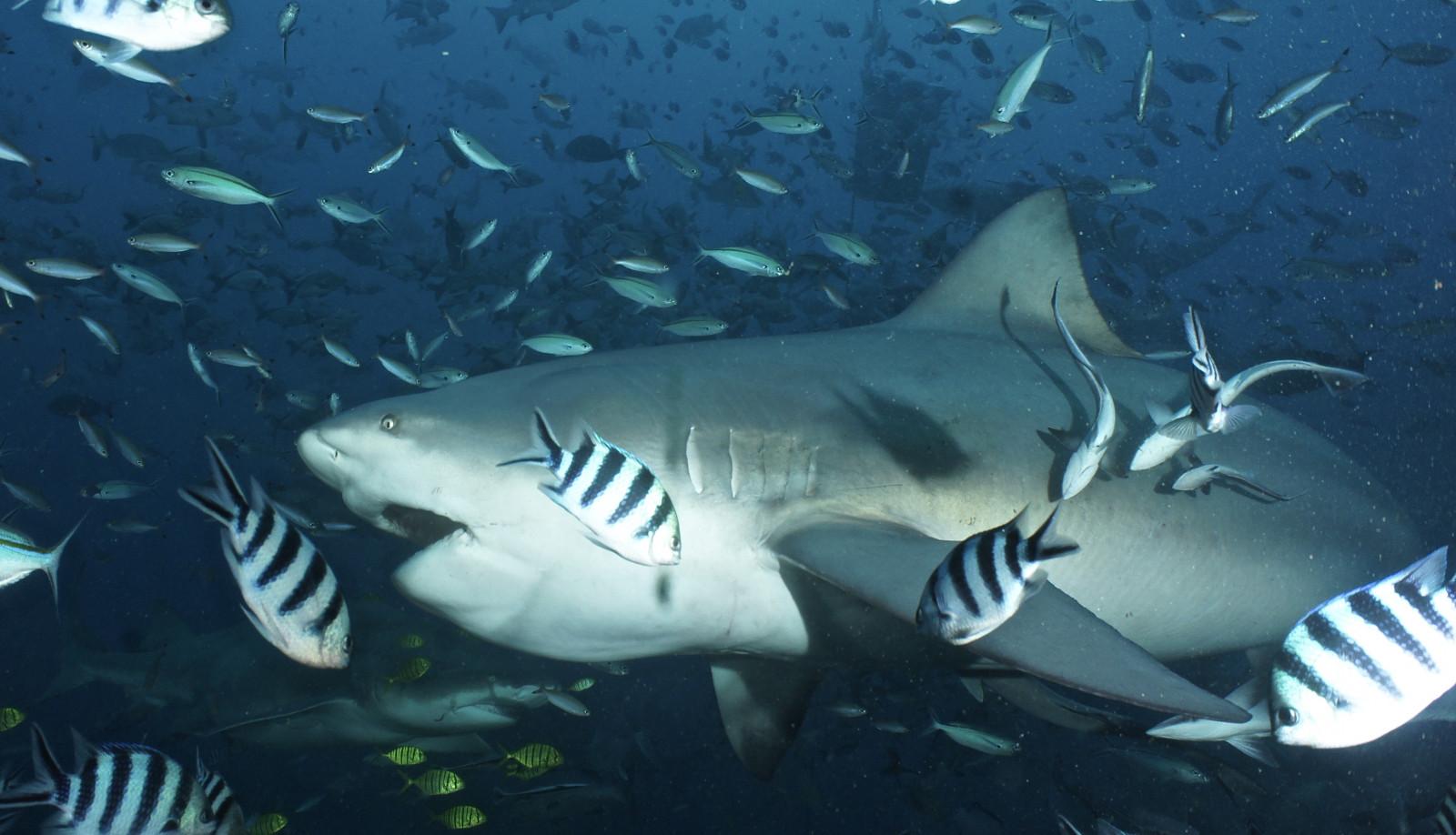
Fiji’s Beqa Lagoon has become legendary in shark-diving circles for its intense bull shark dives. Yes, it is shark feeding, albeit only a few scraps, and I know all the arguments both for and against this sort of thing, but personally, as long as there is a strong educational aspect and the sharks are not being exploited, I don’t think there is a better way to get people over their irrational fear of sharks than being face-to-face with one in the wild and being able to see them for what they are – simply amazing, well-adapted apex predators in their element – and so this dive destination earned its spot in my Top 10 Best Dives in the World.
Bull sharks are absolutely amazing animals, muscular, powerful and yet beautiful at the same time. You feel insignificant in the presence of just one, but when you are witness to 45-50 of the sharks at the same time, it is awe-inspiring and humbling.
Combine a couple of days bull shark diving in Beqa Lagoon with a week on the coral reefs off the north of Viti Levu and you have all the ingredients for a truly memorable holiday. Fiji is a stunning island nation topside as well, and the natives are friendly and welcoming, so be ready to say ‘bula’ to Fiji yourself.
Lembeh Strait, Indonesia
List of Liveaboards / Dive Resorts Operators. Book Now.
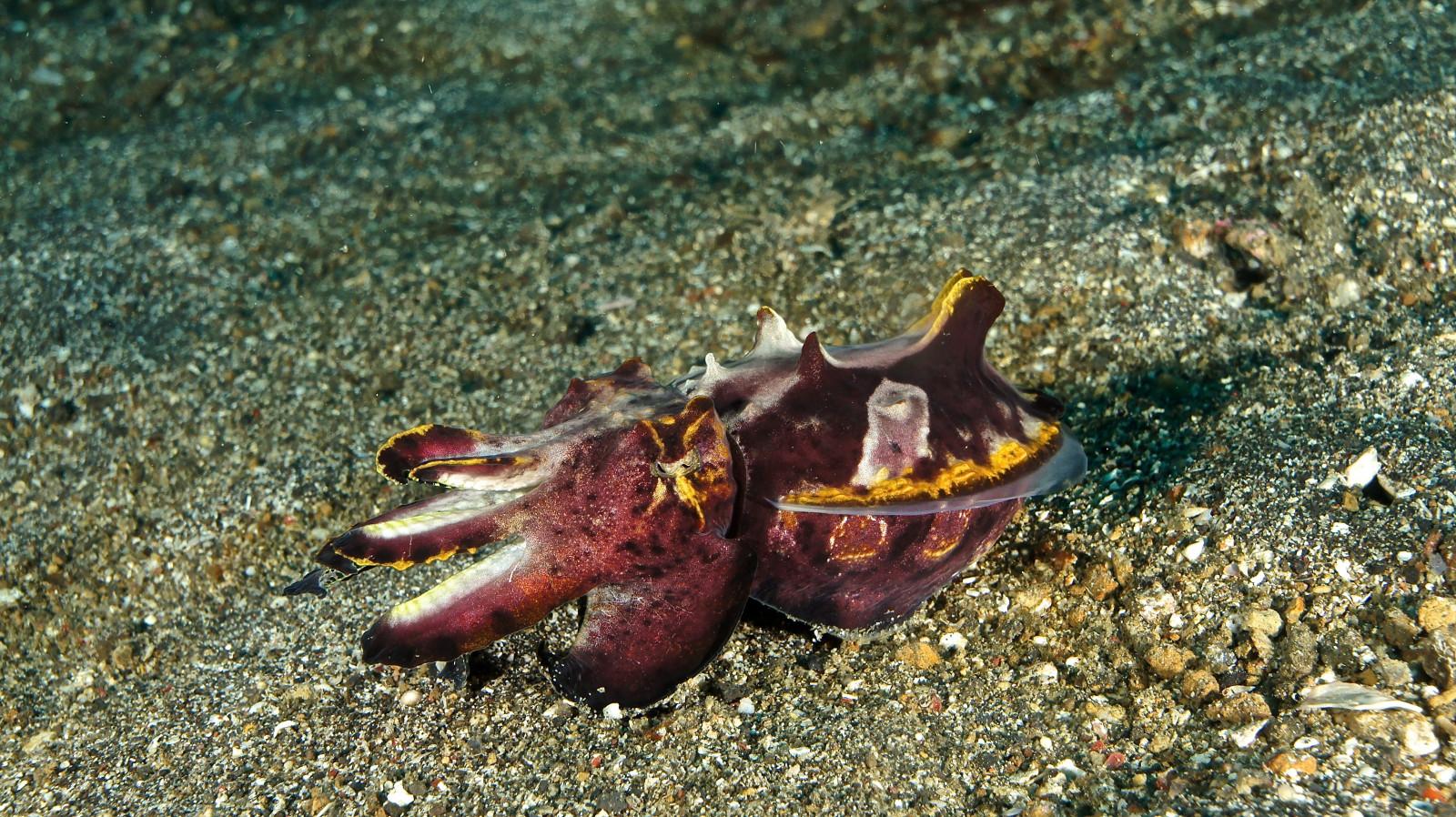
The Lembeh Strait is well documented as being the ‘Critter Capital of the World’. Its extraordinary abundance and array of some of the world’s most-unique and unusual marine life is unparalleled, and as a mecca for underwater photographers, its reputation is unrivalled.
Lembeh’s predominantly volcanic, black-sand dive sites are home to mimic, blue ring, coconut and wunderpus octopus; eight frogfish species including the hairy; flamboyant cuttlefish; harlequin and mantis shrimps; three species of pygmy seahorse; rhinopias; scorpionfish; stargazers; the infamous bobbit worm – to name but a few. Diving Lembeh’s famous muck is an experience not to be missed.
If you have not tried muck diving before, you would be easily forgiven for wondering what all of the hype is about – after all, these black sand, barren-looking sites cannot possibly compete with the phenomenal coral reefs of other areas in Indonesia, such as Bunaken, Raja Ampat or Komodo.
Unlike reef diving, however, muck diving is not about the big picture, it’s about taking a more-focused view and hunting for the critters, which in Lembeh are quite often hidden in plain sight. After just one dive in Lembeh you’ll see how deceiving these black sand sites really are and that where initially appeared devoid of life is actually a treasure trove of critters – and the hunting is highly addictive!
Scapa Flow, Scotland
List of Liveaboards / Dive Resorts Operators. Book Now.
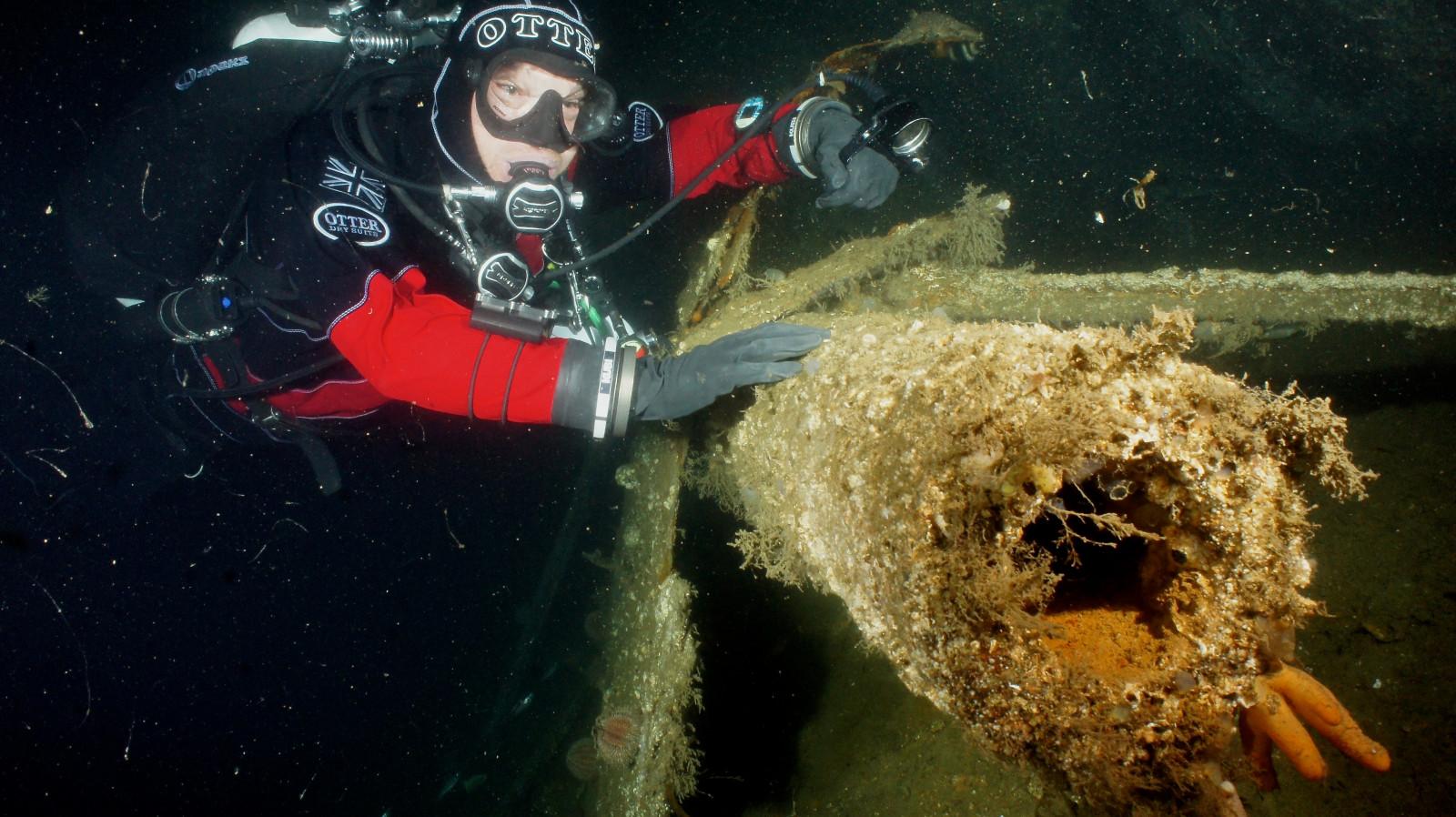
Scapa Flow in the Orkney Islands off the northern coast of Scotland probably wouldn’t really factor on any ‘must-dive’ list if it wasn’t for the actions of a certain Rear Admiral Ludwig von Reuter. He was the commander of the German Imperial Navy’s High Seas Fleet, which was interned in the Flow with weapons disarmed and just skeleton crews on duty. On midsummer’s day on 21 June 1919, he mistakenly believed that hostilities were about to resume and gave the signal to scuttle the entire fleet of 74 warships, comprising five battlecruisers, 11 battleships, eight cruisers and 50 destroyers.
A total of 52 of the great ships sank beneath the surface, the remaining 22 were beached or prevented from being sunk by Royal Navy boarding parties. Now, with all that intact metal on the seabed, including the huge 200-metre battlecruisers Seydlitz, Moltke, Von Der Tann, Derfflinger and Hindenburg, you can imagine what sort of scene wreck divers can witness underwater today.
Right? Wrong. Sadly for divers, what followed from the early 1920s right up to 1946 was what is still the greatest marine salvage operation in history. The firm of Cox and Danks raised, towed and dismantled no less than 45 of the sunken vessels, and the remaining seven – battleships Konig, Kronprinz Wilhelm and Markgraf, cruisers Dresden, Coln and Karlsruhe, and mine-layer Brummer – were left in various states of disrepair after some further salvage and blasting work by other parties.
Thankfully, German craftsmanship back then was as good as it is now, and so while the Karlsruhe, Konig and, to a lesser extent, the Brummer are deteriorating rapidly from a recognisable ‘ship-shape’, the other ships – in particular the Coln – are holding up pretty well considering they are celebrating 100 years underwater! You can still see the teak decking, 5.7-inch deck guns, capstans, bollards, armoured conning towers and much more on the cruisers, and the big 12-inch turrets, massive rudders and a last-remaining impressive bow across the three battleships.
Coated with a thick layer of silt and draped with sponges, plumose anemones and dead man’s fingers, it can sometimes be hard to make sense of certain objects, but get your brain orientated as the ship lies – on its side for the cruisers and mine-layer, upside down for the battleships – and you can soon build up a picture of what it must have looked like pre-sinking.
The sheer size of the ships is daunting, but concentrate on one area – like bow to midships, for example – and you will be able to really enjoy what the wrecks have to offer. Scapa gets into your blood, and one trip will never sate those desires. I have made the pilgrimage north nine times over the years, and can’t wait to head back there again – it well deserves its spot in my Top 10 Best Dive Sites in the World.
Tiger Beach, the Bahamas
List of Liveaboards / Dive Resorts Operators. Book Now.
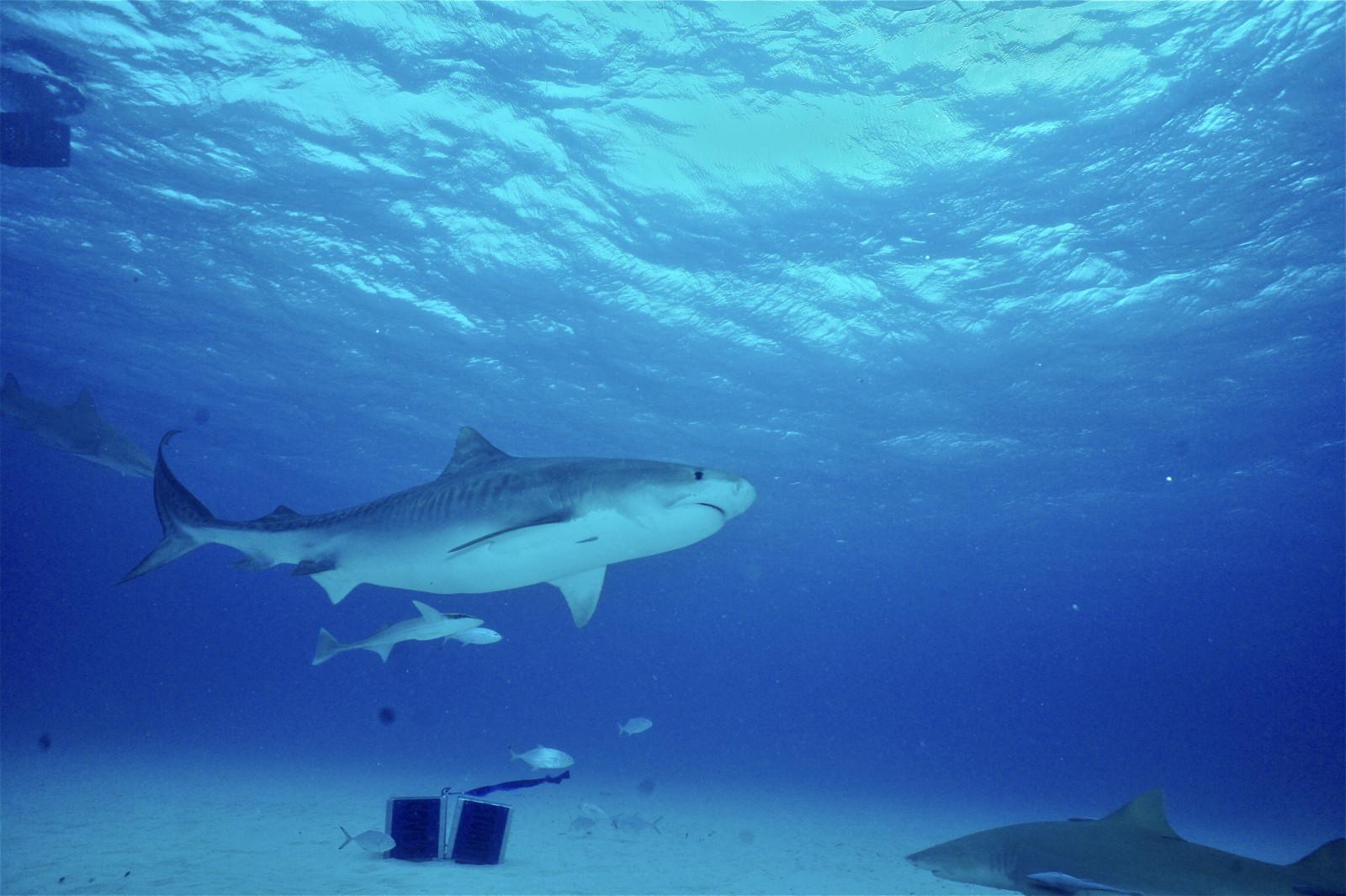
Tiger sharks are considered one of the four most-dangerous sharks on the planet – alongside great whites, bulls and oceanic whitetips – and they are known as the garbage-collectors of the oceans, ready to munch on pretty much anything from turtles and dolphins to other sharks and even seabirds.
However, they are also stunningly beautiful animals, and any encounter with them underwater is a magical experience to be savoured. The Bahamas is home to what many think of as the world’s most-exciting 6m dive – Tiger Beach. This section of the Little Bahama Bank off the west end of Grand Bahama has become synonymous with stunning images of large tiger sharks – as well as lemon sharks, and occasional hammerheads and bull sharks – in turquoise waters swimming over a white-sand bottom.
Diving with the lemon sharks and the tigers at Tiger Beach is a seriously intense experience, especially when the visibility has been stirred up a little, but it is truly exhilarating to be in the water for an up close and personal encounter with one of the world’s greatest marine predators. The lemon sharks should not be underestimated, as all the animals we had on station over three dives were at least one-and-a-half to two metres in length, which means they are seriously impressive creatures in their own right, but you almost forget about them when the tigers turn up.
They are the star attraction, and they more than live up to the hype. There is just something about them that takes your breath away. I don’t know if it is the huge, blunt head; the beady eyes; the immense girth; the sheer physical presence; or just the way they swim in a slow, purposeful way, but they dominate the whole scene as soon as they arrive. Definitely a site worthy of a spot in my Top 10 Best Dive Sites in the World.
Bianca C, Grenada
List of Liveaboards / Dive Resorts Operators. Book Now.
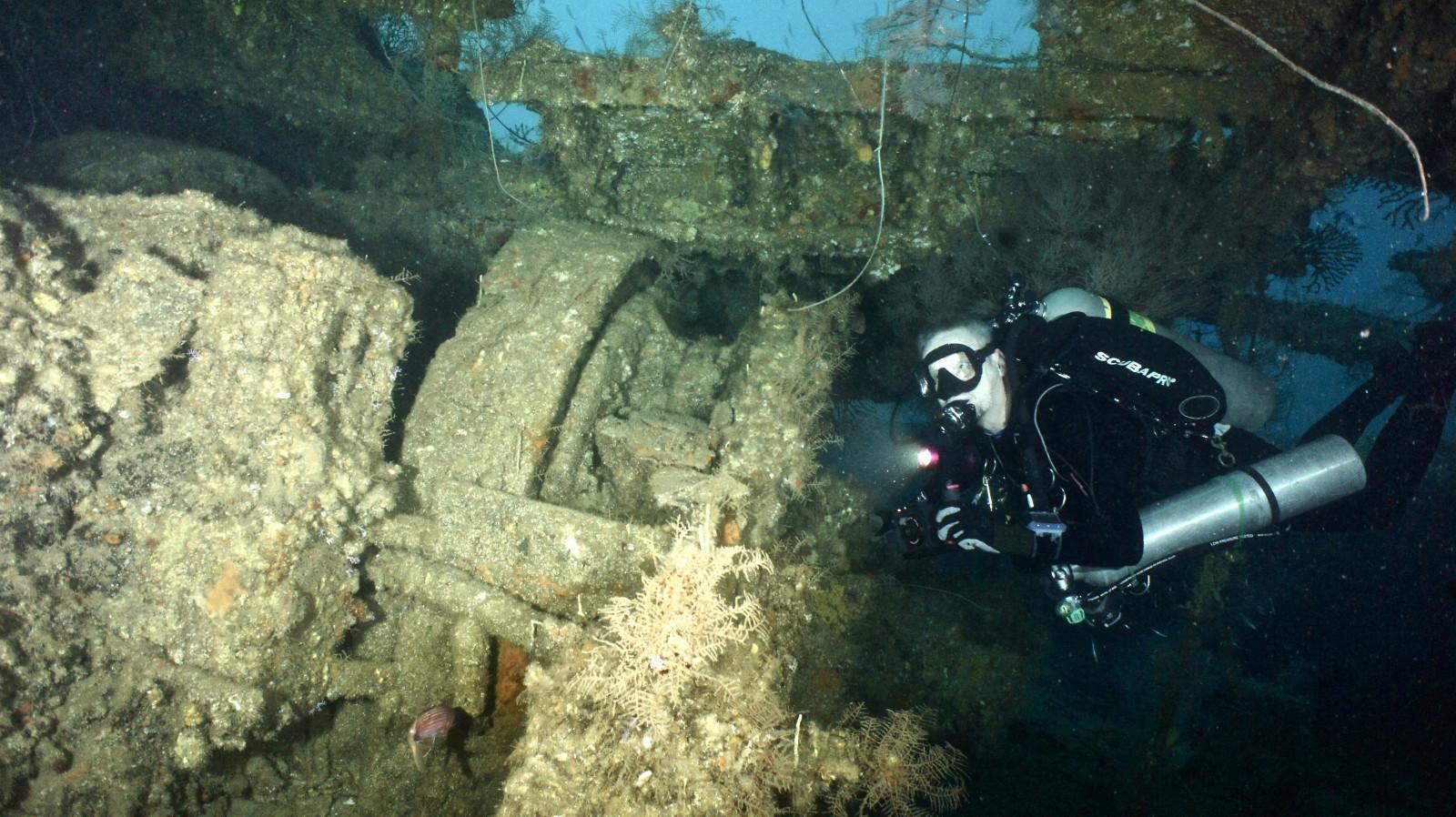
The so-called Titanic of the Caribbean has to feature in my Top 10 Best Dive Sites in the World. The mighty Bianca C, a gigantic 182-metre-long, 18,000-ton Italian liner, went down off the coast of Grenada in 1961 and it is now an amazing underwater spectacle.
The Bianca C actually sank twice. It was built in 1939 on the south coast of France, and then after being launched as an incomplete ship named Marechal Petain, was sunk by German forces in August 1944. The hull was raised in 1946 and taken back to its original shipyard, where it was refitted and launched as a cruise ship in 1949, bearing the name La Marseillaise.
She then became known as the Arosa Sky in 1957 after being sold, before finally, in 1959, she was bought by the G Costa du Genoa company, and was renamed Bianca C after a daughter in the family firm. She was tasked with the run from Naples, Italy, to Guaira in Venezuela, and Grenada was her last stop on the return leg.
On 22 October 1961, while anchored off St Georges, an explosion in the boiler room saw the vessel catch fire. Hordes of local boats – ranging from sailing boats, power boats and tiny dinghies to ocean-going yachts and inter-island trading schooners, even rowing boats – responded to the crisis, rescuing all but one person who perished on board.
Sadly, of 12 badly burned crew, two other men died later. Showing the friendliness and generosity that Grenada is renowned for, all of the rescued passengers were given food and shelter in hotels, guest houses and even private homes.
British frigate HMS Londonderry was in Puerto Rico and sailed down to Grenada to assist. When the naval vessel arrived on 24 October, the Bianca C was still ablaze. The frigate managed to take the huge liner in tow, with an aim to move it away from the shipping lanes, but it proved problematic due to the Bianca C’s rudders being jammed and eventually the towing line snapped and the ship sank, which is how it came to rest upright in 52m of water off Pink Gin Beach.
Over 59 years on the seabed has taken its toll on the old girl, and she is deteriorating year on year, but there is no taking away from the epic scale of this enormous vessel, and she still makes a fine flagship for the rest of Grenada and Carriacou’s sunken fleet. It is still possible to make out key aspects of the ship, including the swimming pool, bollards, winches, parts of the superstructure and the bow chain and rope locker.
In terms of marine life, you often get large shoals of Atlantic spadefish cruising above the wreck, along with large barracuda, eagle rays and even the odd reef shark. Top 10 Grenada wrecks to discover
Ras Mohammed National Park, Egypt
List of Liveaboards / Dive Resorts Operators. Book Now.
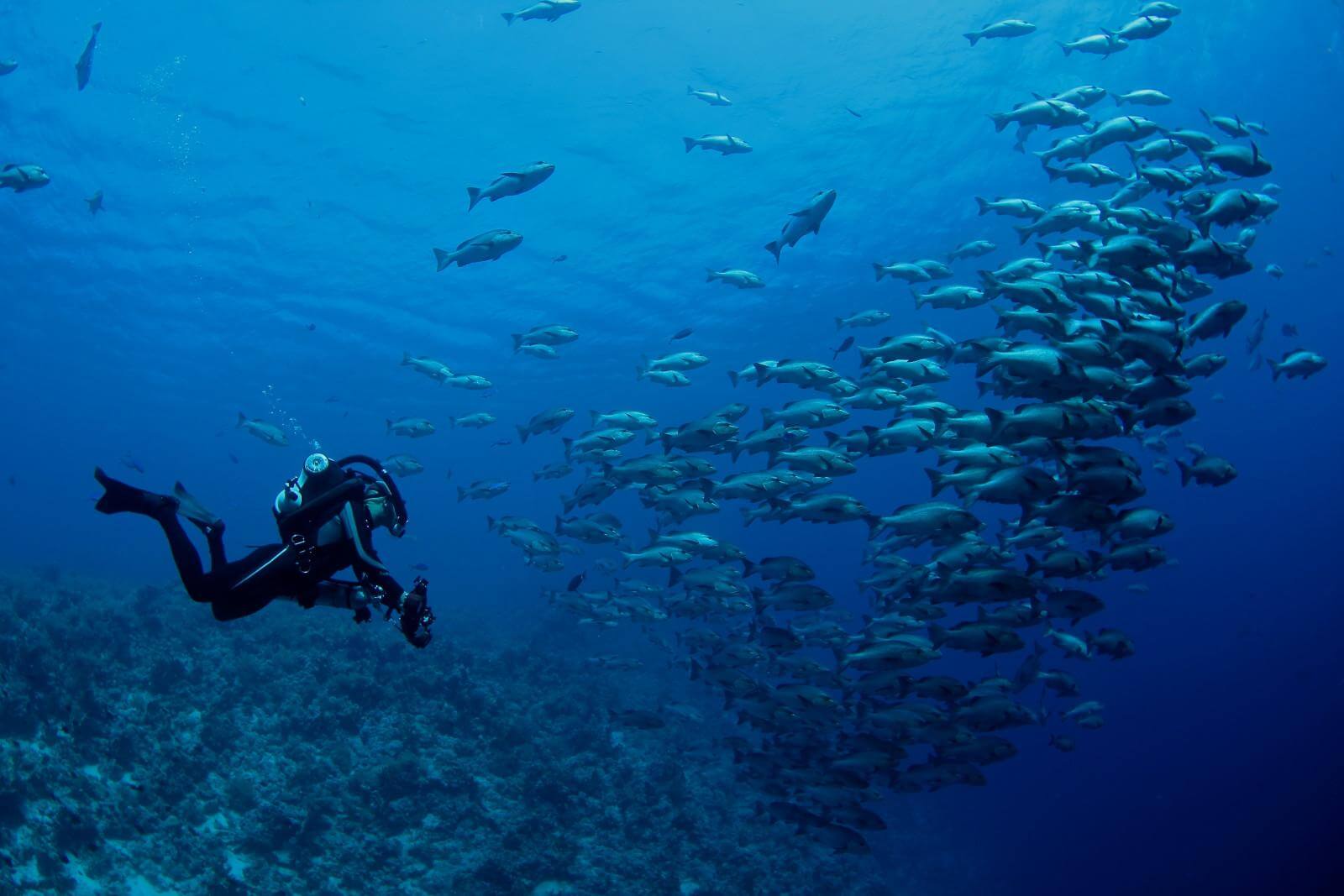
Ras Mohammed, or Ras Mo, as it is known by aficionados, lies at the very southern tip of the Sinai Peninsula in Egypt. It always holds a firm place in my Top 10 Best Dive Sites in the World – and also featured in the ‘best dives’ list of a certain Jacques-Yves Cousteau.
The best dive for me within the National Park is right on the tip, where two coral pinnacles – Shark Reef and Yolanda Reef – sit on either side of a ‘saddle’, and all three drop vertically into hundreds of metres of water. The walls are smothered in sponges and soft coral growth, providing a visual smorgasbord of colour, and this rich marine growth plays host to all manner of reef fish. 5 Coral Reef Facts everyone should know
It is a fantastic dive at any time of the year, but hit it in late-June/early-July when it is ‘running’ and you will find yourself in a veritable soup of fish, as literally thousands of snapper, unicornfish, batfish and barracuda form gigantic shoals as they gather to breed. These immense bodies of fish bring in the predators, namely blacktip sharks, and occasionally bigger creatures, including tiger sharks.
There are also remnants of a shipwreck in the shallows, and while most of the vessel itself has vanished into the deep, you can still see much of its cargo of toilets, bathtubs, sinks, shower curtains and even the Captain’s BMW, all well covered with coral growth.
The Umbria, Sudan
List of Liveaboards / Dive Resorts Operators. Book Now.
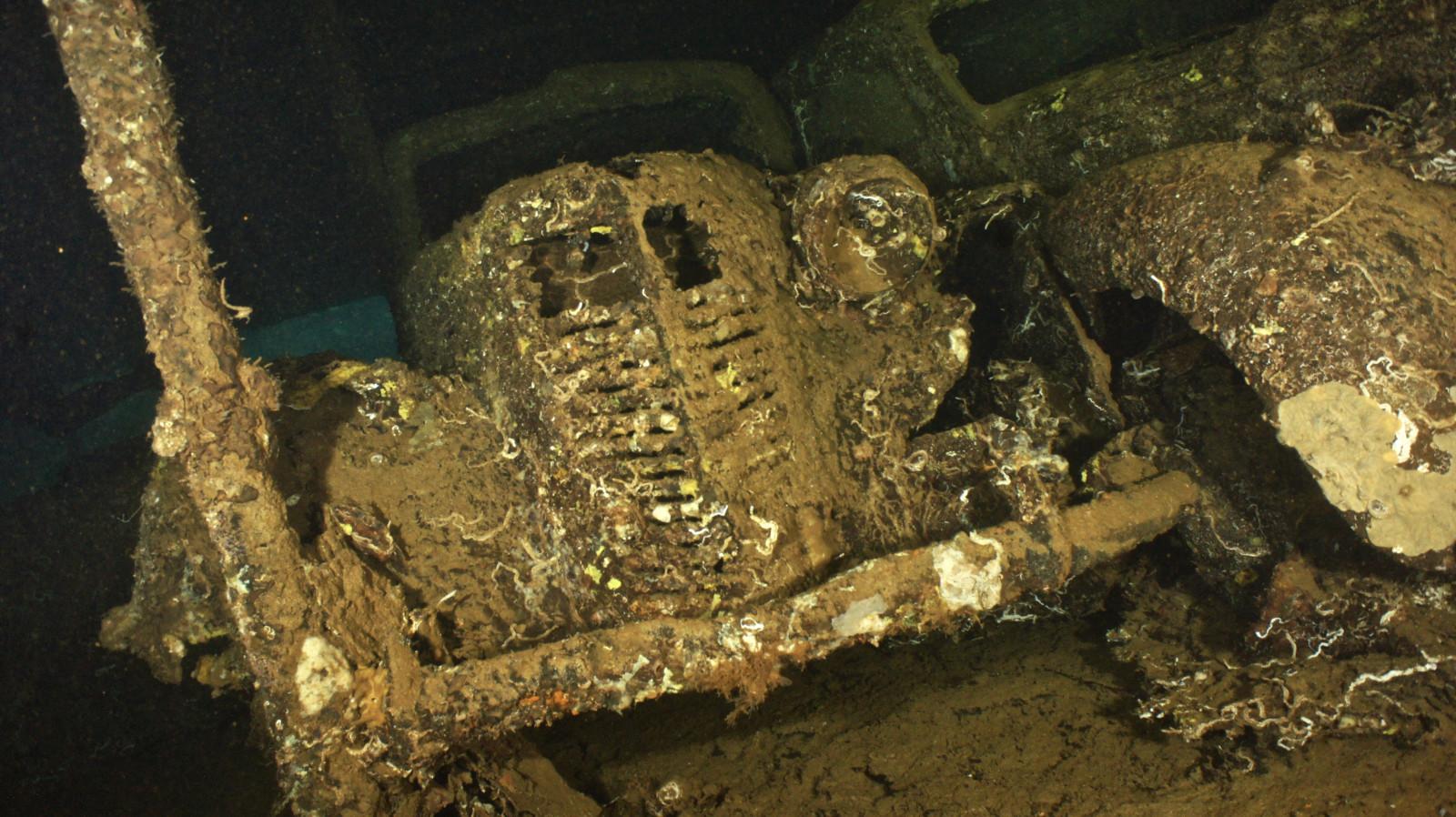
We’ve already mentioned the world-class shipwrecks in the Egyptian Red Sea, but just over the border in Sudan is undoubtedly one of the planet’s best wreck dives, which certainly earned its place in my Top 10 Best Dive Sites in the World – the Umbria.
During World War Two, the Red Sea was an important trade route linking Europe to colonies in Africa and India. On 3 June 1940, the Italian cargo ship was enroute to the Italian colony of Eritrea and was carrying 6,000 tons of bombs, 600 cases of detonators, 100 tons of various weapons, over 2,000 tons of cement, and three Fiat 1100 Lunga cars.
She was intercepted by the British and forced to anchor at Wingate Reef, just north of Port Sudan. Not long after this, the captain of the Umbria, Lorenzo Muiesan, heard on the radio that Italy had joined the war on the side of Nazi Germany. Not wanting to let the ship – and its valuable military cargo – fall into the hands of ‘the enemy’, he scuttled the ship.
The 155-metre-long, 10,000-ton vessel now lies fully intact at a 60-degree angle on its port side with a maximum depth of 38m, and the upper sections reaching to within just 5m of the surface, making it the ultimate playground for wreck divers.
The three enormous holds can be easily explored, with plenty of ambient light through the open tops and through the endless rows of portholes. The 360,000 aerial bombs are stacked up much as they were when it sank, with a few ominously slid forward half a metre or so, and create a feature you will never see anywhere else.
Another hold is chock-full of intact wine bottles, now sadly empty. Then there are roll after roll of electrical cable, wooden boxes, storage jars, airplane engine cowlings, and more.
Once you have orientated yourself to the Umbria and done a couple of dives to get over the sheer size of the thing, you can start to really explore, and that is when you find cargo like the three Fiat cars, nestled side by side where they slid when the ship went down. They are slowly rusting away, but still in remarkably good condition overall – you can see dials, steering wheels, headlights, tyres, seats, even the glass in some of them.
If you are comfortable in confined spaces and suitably trained, it is well worth venturing further into the superstructure, either as a buddy team or following the guide from your boat. You will go through corridors lit by light streaming through portholes, the dining room with the remnants of tables and chairs, the kitchen with its tiled floor, pizza ovens and dough mixer, and the engine room with its massive engines, switch gear, lathe and generators.
It has often been said that if the bombs inside the Umbria detonated, they would destroy Port Sudan 29km away! Now I am not sure if this holds true anymore, having been submerged 80 years, but needless to say, the old adage ‘look but don’t touch’ definitely needs abiding by!
Wall diving, Cayman Islands
List of Liveaboards / Dive Resorts Operators. Book Now.
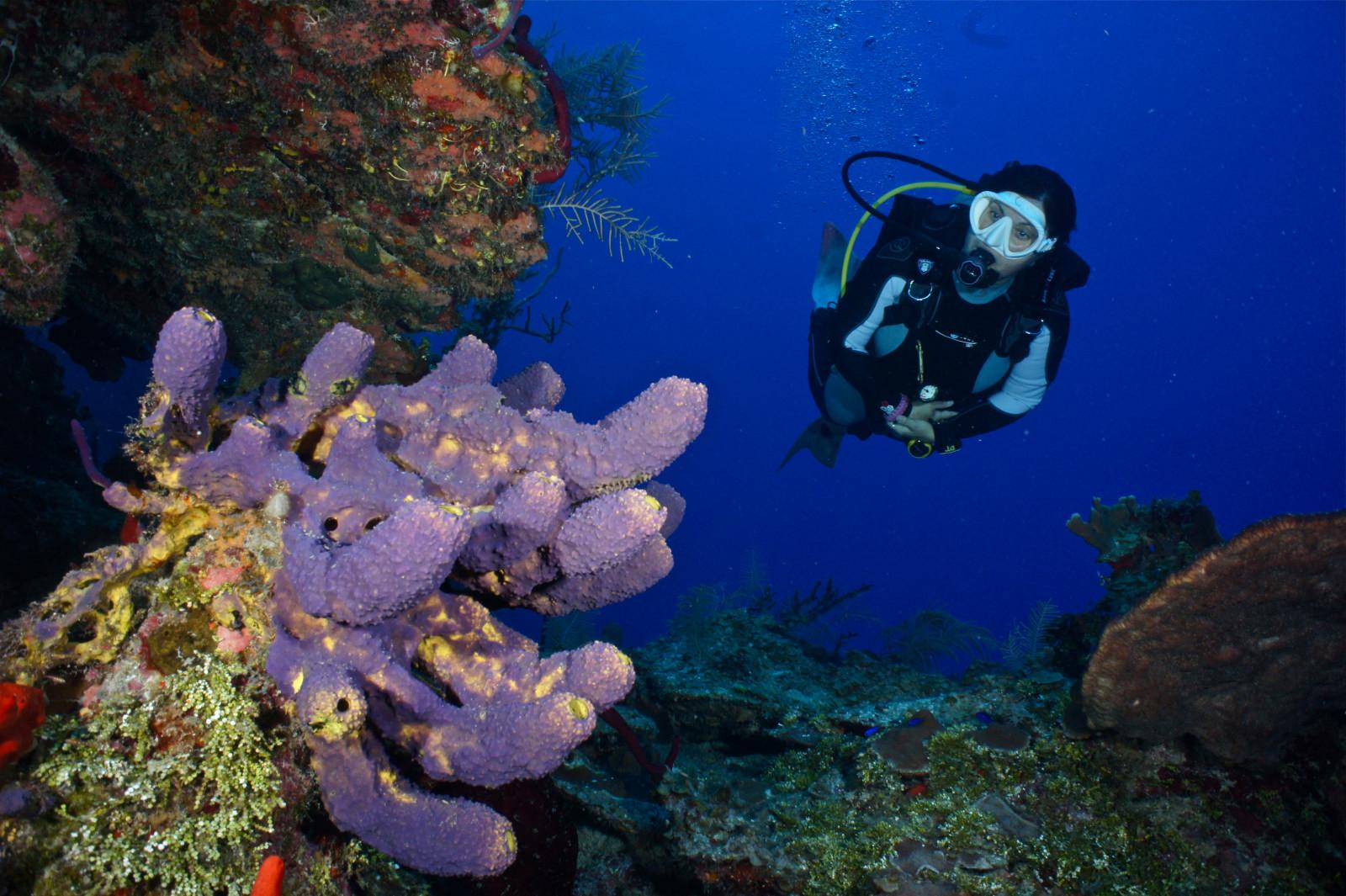
The Cayman Islands are world-renowned for their crystal-clear waters and ‘the world’s greatest 4m dive’ – in the form of Stingray City – but the major draw for me, and why they feature in my Top 10 Best Dive Sites in the World, are the abyssal walls which drop thousands of metres into the depths of the ocean. There is nothing better than launching off the top of a wall and dropping towards the inky blackness, before halting your descent by blasting some gas into your BCD and then hovering mid-water. You feel utterly insignificant.
Grand Cayman and Little Cayman are the ‘wall hotspots’. Prime wall dives on Grand Cayman can be found all around the island, but some of the best can be found off the North shore, and down the West End. Most start in 15-20m and then drop off abruptly into the deep. Expect to see the odd eagle ray and other pelagic swimming past, with hammerheads and Caribbean reef sharks regular visitors to the West End.
On Little Cayman, Bloody Bay Wall is the place to go. The whole island is surrounded by walls, but in Bloody Bay, it is an immense cliff that just drops straight down into the depths. Best of all, it starts in just 5m, and swimming over the edge in the shallows and then ‘skydiving’ down to recreational limits is just truly awesome.
Hilma Hooker, Bonaire
List of Liveaboards / Dive Resorts Operators. Book Now.
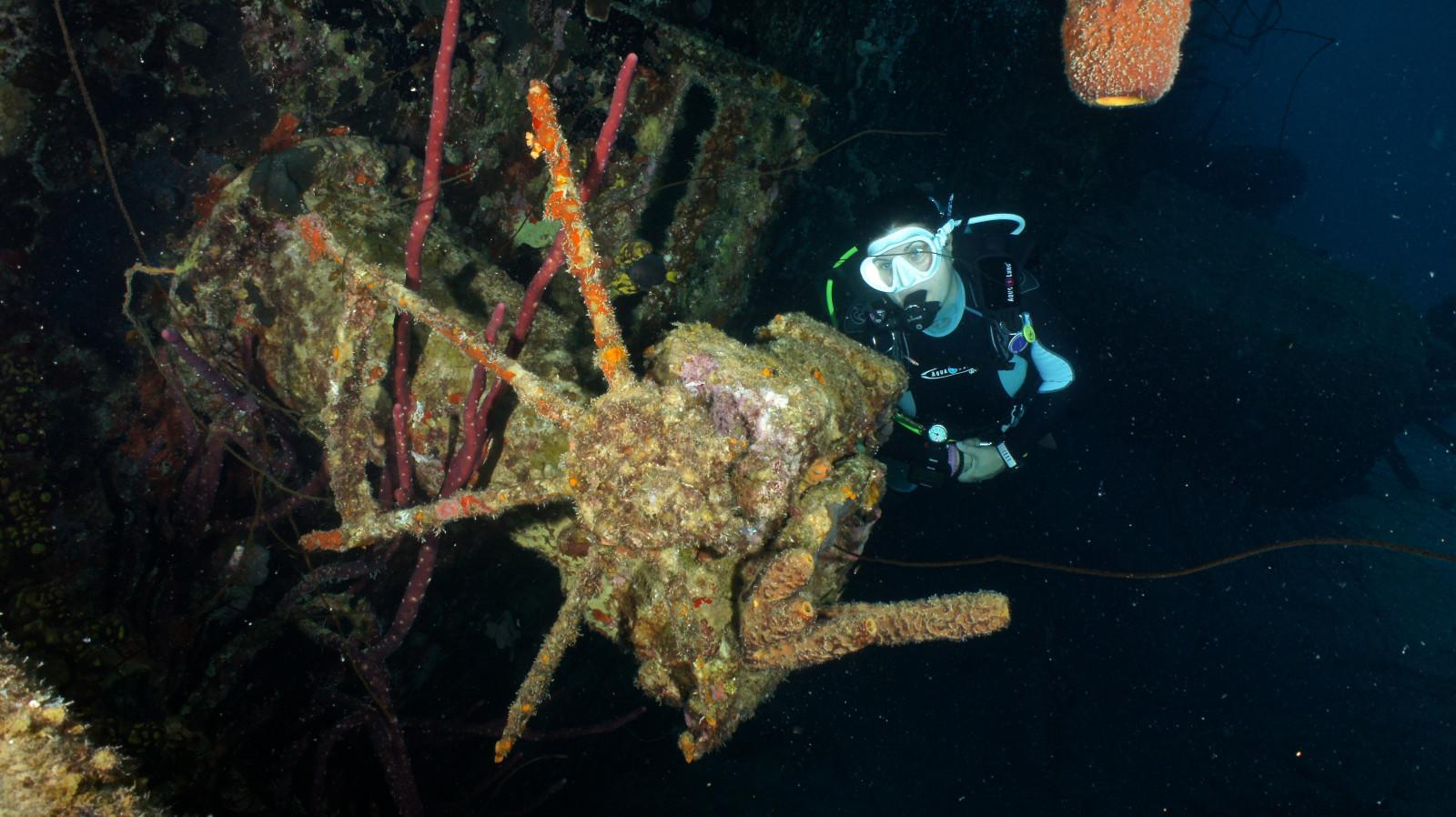
The Hilma Hooker is one of the undoubted jewels in the crown of Bonaire diving. Colourful sponges and encrusting corals cake every square inch of the 72-metre cargo vessel, providing a riot of vibrant tones in your torch or strobe light. As a dive site alone, it has myriad locations that could have been purpose-built for photographic purposes, including a large propeller, partially intact ship’s wheel, pulleys, ladders, walkways… you name it. However, the story behind its sinking adds to the allure.
In 1984, suffering from engine problems, the ship was towed into Kralendijk harbour on Bonaire. Already under surveillance by drug enforcement agencies, it was raided while docked, and a false bulkhead yielded over 11,000kg of marijuana. Subsequently, it languished under detention as evidence for several months, and began taking on more and more water.
On 7 September 1984, with rising fears it would sink in the main dock and disrupt maritime traffic, the Hilma Hooker was towed to an anchorage. Over the next few days, it began to list more and more, until on 12 September, it finally disappeared below the surface.
It came to rest, fully intact, on its starboard side in just 30m, on the sand between two reef systems in an area known as Angel City. Stick a tank of nitrox on your back, and you can spend plenty of your precious bottom time in and around this intriguing cargo vessel.
It makes an awesome dive during the day, but load up your pick-up and drive down to the entry/exit point from the shore to make a night dive on the Hilma Hooker and it takes on a whole different guise. Large tarpon and grouper inhabit the wreck as darkness falls, and encountering one of these leviathans in the vast holds can be more than a little unnerving.
